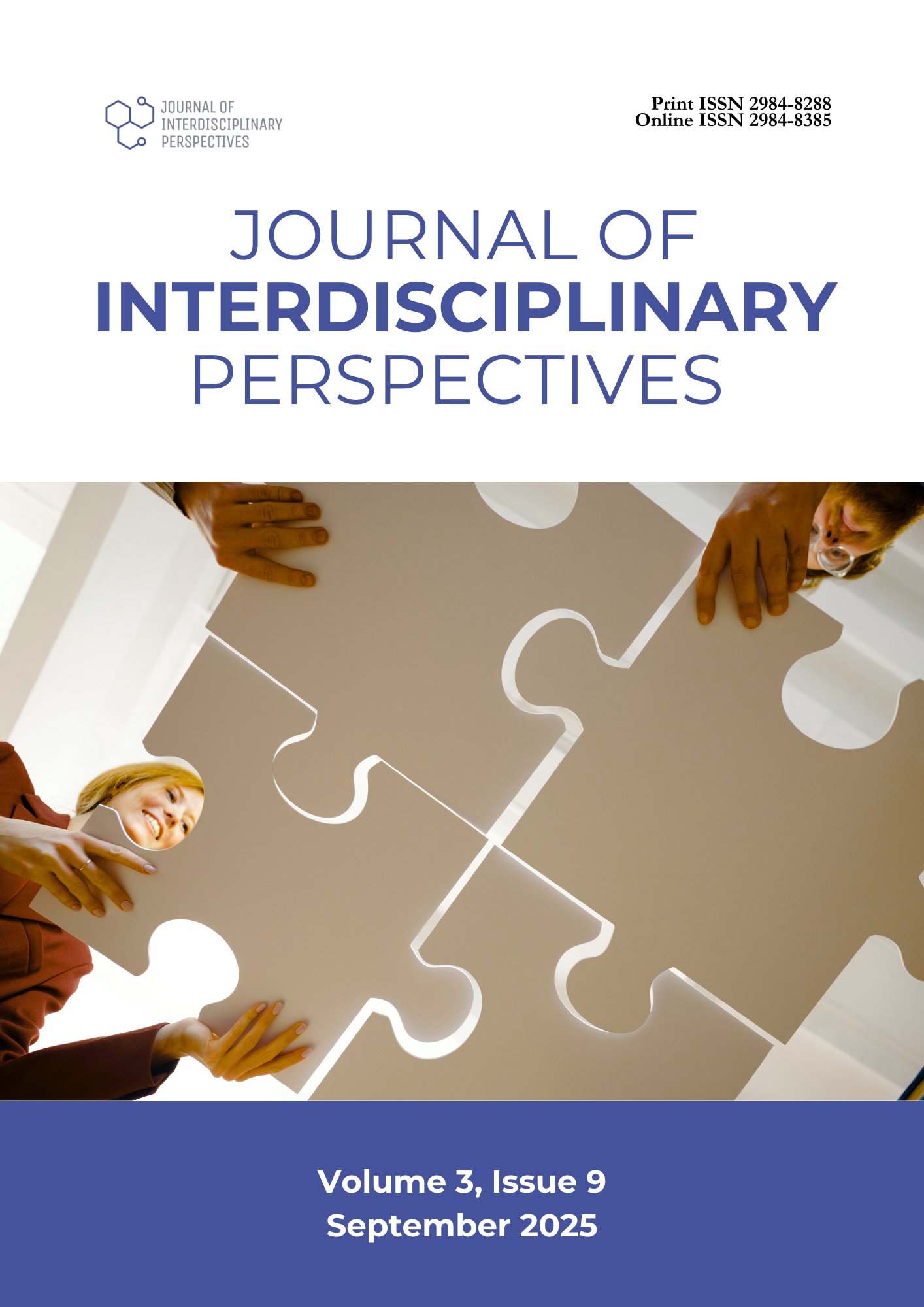Workforce Analysis of the Procurement Office at Visayas State University- Isabel
DOI:
https://doi.org/10.69569/jip.2025.502Keywords:
Fractional manpower, Fractional manpower cut-off values, Productivity, Workload analysis, Work samplingAbstract
The Procurement Office at Visayas State University-Isabel Campus faces significant operational challenges due to insufficient staffing, which has resulted in inefficiencies, increased workload, and various work-related issues. This study aims to determine the optimal staffing level required to address these challenges and improve productivity. The researcher conducted a comprehensive work sampling study over 14 days to observe 1,348 instances of four staff members. The results showed that productivity exceeded the 70-75% standard range because Staff A reached 90.21%, Staff B reached 90.50%, Staff C reached 90.81%, and Staff D reached 93.77%. The research data demonstrates that additional personnel must be hired to prevent burnout and reduce stress while maintaining sustainable performance. The workforce score of 5.052 showed that the current staffing level exceeds the ideal threshold, and the office demands exceed the current team’s capacity. Furthermore, the workload analysis demonstrated that a team of five staff members would maintain an average workload of 90.60%, staying well under the maximum limit of 100%. The study recommends hiring one more staff member to increase the total staff to five for better workload management and operational efficiency. The necessary staffing change will enhance productivity while creating a healthier workplace environment and guaranteeing sustained resource management for similar administrative operations.
Downloads
References
Ariyani, E. D., Muhammad, A., Sya’diah, N. H., & Sadikin, S. (2024, January). Workload analysis to establish the ideal staffing level using the Workload Analysis (WLA) Method (Case study of manufacturing design engineering production laboratory, in Indonesia). International Journal of Scientific and Management Research, 7(11), 111–124. http://doi.org/10.37502/IJSMR.2024.71110
Buchmeister, B., & Herzog, N. V. (2024, April). Advancements in data analysis for the work-sampling method. Algorithms, 17(5), 183. https://doi.org/10.3390/a17050183
Chauhan, L., Bunkar, R. C., Verma, A., & Mounika, B. (2024). Observational research: A qualitative research method. Exploring narratives: A guide to qualitative research methods, 55–66. https://tinyurl.com/3rddpvnd
Douaioui, K., Oucheikh, R., & Benmoussa, O. (2024). Optimizing procurement strategies for diverse product segments: A case study in pharmaceutical supply chain management. Operations and Supply Chain Management, 17(2), 236–252. http://doi.org/10.31387/oscm0570425
Fatkhuri, F., Tawil, M. R., Saragih, H., & Sriyanti, E. (2024, February). Analysis of the influence of work productivity, work environment, and workload on the performance of ministry office employees. JEMSI (Jurnal Ekonomi Manajemen dan Akuntansi), 10(1), 109-115. https://doi.org/10.35870/jemsi.v10i1.1894
NAVMAC (2021). Navy total force manpower requirements handbook. https://tinyurl.com/yj62hb53
Meirinawati, & Prabawatii , I. (2019, November). Measurement of workload analysis in determining the optimal number of workers. Advances in Social Science, Education and Humanities Research, 383, 389-392. https://doi.org/10.2991/icss-19.2019.166
Sari, S. K., Winata, B. K., Andriani, D. P., & Putro, W. W. (2021, June). Work sampling method for analysis of performance and determining the number of workers in the warehouse department. Journal of Engineering and Management in Industrial Systems, 9(1), 59–69. https://doi.org/10.21776/ub.jemis.2021.009.01.6
Turyadi, I., Zulkifli, T., M. R., A., H., & Sadikin, A. (2023). The role of digital leadership in organizations is to improve employee performance and business success. Jurnal Ekonomi, 12(2), 1671-1677. https://ejournal.seaninstitute.or.id/index.php/Ekonomi/article/download/2001/1586
Wolfe, C., Phillips, R., Laheru, D., & Fisher, R. (2023). P30 Declining staff numbers and increasing workload: is there a solution? British Journal of Dermatology, 188(4). https://doi.org/10.1093/bjd/ljad113.215
Downloads
Published
How to Cite
Issue
Section
License
Copyright (c) 2025 Journal of Interdisciplinary Perspectives

This work is licensed under a Creative Commons Attribution-NonCommercial 4.0 International License.








